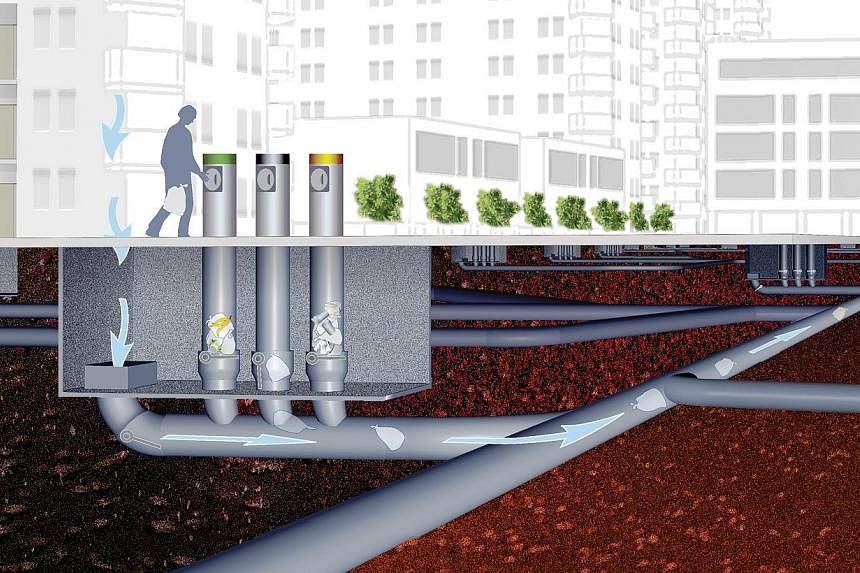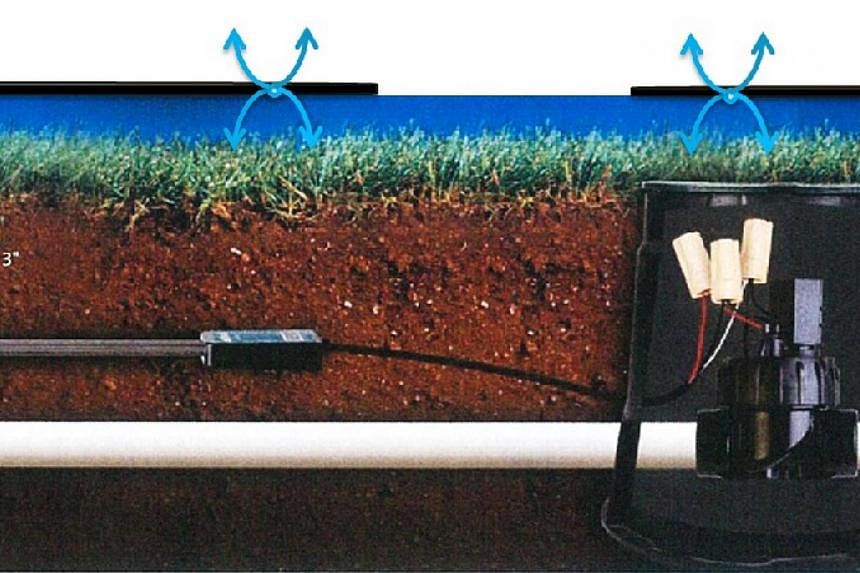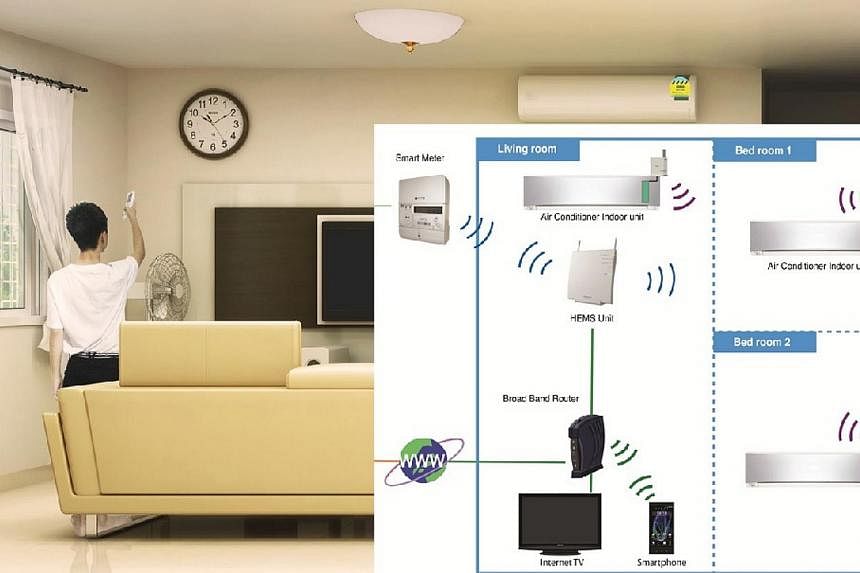SINGAPORE - Prices for the first smart Housing Board homes, which will be launched this month, will start from as low as $28,000 for two-room flats including grants.
The developments in Punggol's Northshore District, Northshore Residences I and II, will comprise 1,402 units across 12 blocks, said HDB on Monday. They are expected to be completed in 2020.
Prices including grants for three-, four- and five-room units start at $132,000, $249,000 and $354,000 respectively.
These Build-to-Order flats will come fitted with infrastructure such as additional power and data points to support the easy installation of smart systems. This means homeowners have the option of installing systems which monitor their energy-consumption patterns, among other things.
The developments will also boast smart technologies such as energy-efficient lighting, environmental modelling for urban planning, a smart carpark management system which reserves lots for residents, and a pneumatic waste conveyance system that reduces the resources needed for refuse collection.
Here are more details on the smart technologies involved:
Environmental modelling of micro-climatic conditions helps in the urban planning and design process to create a green and comfortable living environment. Studies on wind flow, temperature, solar irradiance, and shadow casting were carried out at Punggol Northshore District to aid decision-making during the planning and design process.
For instance, through environmental modelling, planners could identify potential hotspots where greenery could be introduced to bring down ambient temperature, well-shaded locations to place outdoor amenities such as playgrounds and fitness corners, and optimal locations for future installation of solar panels.
Smart Car Park Management System which monitors parking demand from residents and visitors. It is programmed to make available more lots for visitors during non-peak hours when residents with season parking tickets are likely to be out.
Conversely, it will also reduce the number of available lots for short-term parking visitors in the evening, to ensure sufficient lots are reserved for residents.
Smart Fans in the Neighbourhood Centre will be activated and adjusted in response to the wind speed, temperature, and human traffic. The fan speed can be regulated to improve the thermal comfort level, while ensuring optimal energy usage.
Smart Pneumatic Waste Conveyance System will monitor waste disposal as well as recycling patterns and volumes. By analysing the data, planners can improve the design of the collection bins and vary the frequency of waste and recyclables collection based on the volume collected.
This can help optimise the deployment of resources needed for waste collection. As with all new public housing developments launched since Jan 2014, Centralised Chutes for Recyclables will be part of the standard suite of eco-features in these two projects.
Smart Lighting in common areas will be sensor-controlled and equipped with predictive data analytics tools to understand human traffic patterns. Lighting in common areas with little or no human traffic detected could be reduced to 30 per cent, potentially reducing energy usage by as much as 40 per cent.
Smart Irrigation uses moisture sensors and considers the various factors that may affect the amount of water retained in the soil, such as rainfall and exposure to sunlight, to optimise water schedules and usage. This is a water-efficient and less labour-intensive approach to maintain greenery and landscapes.
Smart-Enabled Homes will be equipped with additional infrastructure, such as additional power and data points at strategic locations, to support the easy installation of smart systems within the flat.
With the appropriate infrastructure in place, residents will be able to enjoy more convenience and energy savings when they adopt smart devices and applications developed by commercial companies.
Some examples of smart technologies which residents could consider adopting are the Home Energy Management System which enables residents to monitor their energy consumption patterns, manage their home appliances in real-time from anywhere, and possibly reduce energy usage, as well as the installation of monitoring systems for elderly care or patient care.








